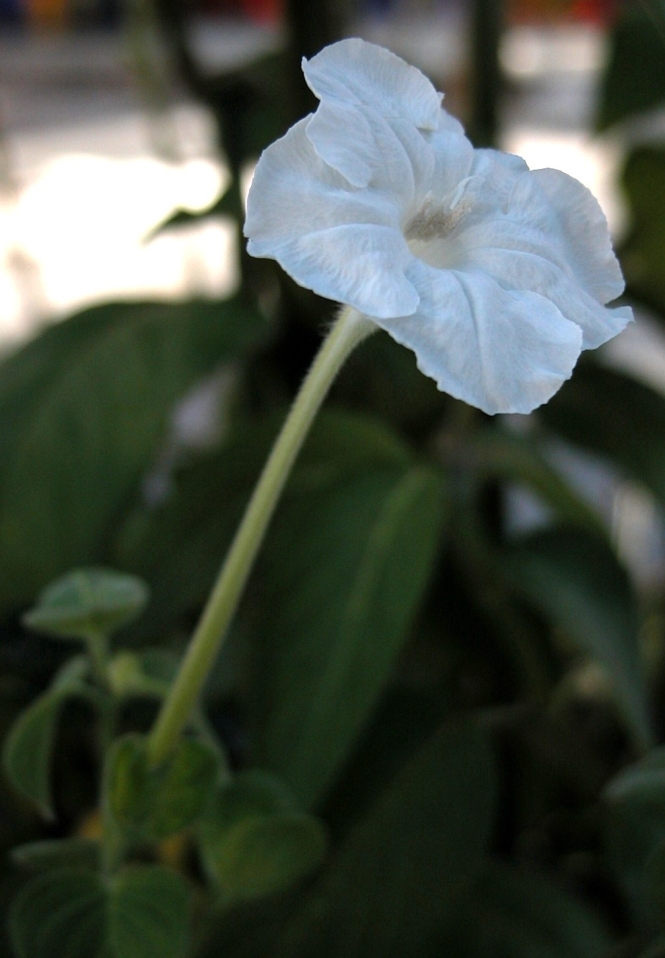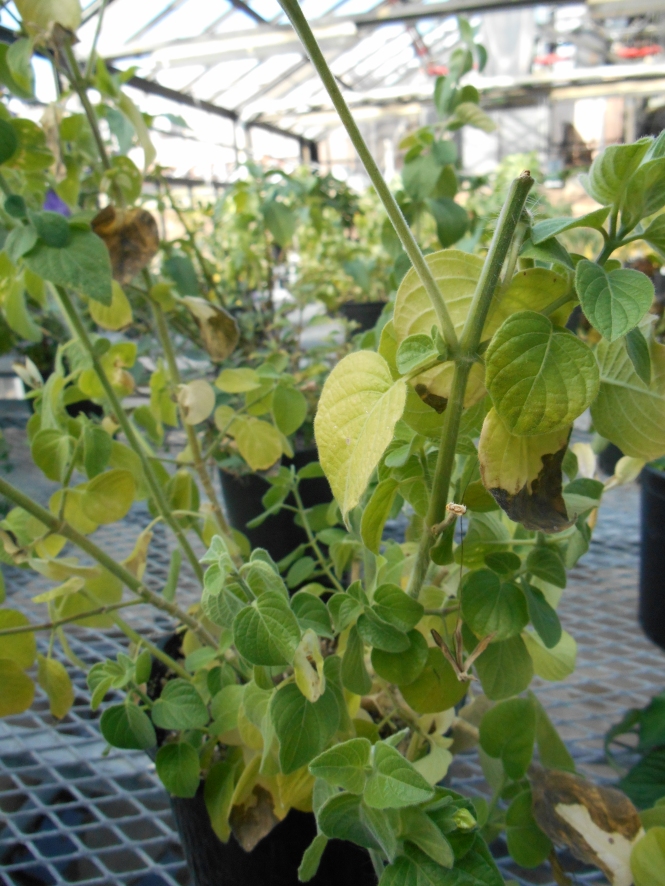This morning, John successfully sent me images of several species of Ruellia that admittedly I don’t know enough about.
Cecilia (Ezcurra) says a thing or two about this one in her 1993 (MoBot) publication, a halation that was rather bible-like to me in grad school (if she had a dollar for every time I referenced it….). The epithet has been around for a long time. It is apparently somewhat widely distributed, which seems to always equate to ‘problem child.’
Including two photos of this one. John certainly knows more about it than I. Many thanks to him for graciously sharing his images.
Update (Sep 2016): We encountered two populations of this species while traveling through the eastern part of Bolivia from where it is known (as well as parts of Brazil and Paraguay). Each were observed at roadside in secondary forest of mixed wet forest/savanna. The individuals we collected were rather leggy herbs up to 1.5 meters.
Wild Collected, Bolivia, Erin Tripp #6008 & 6011 w/ Manuel Luján and Dina Clark; Photo by Manuel Luján; Blog post by Dina Clark















